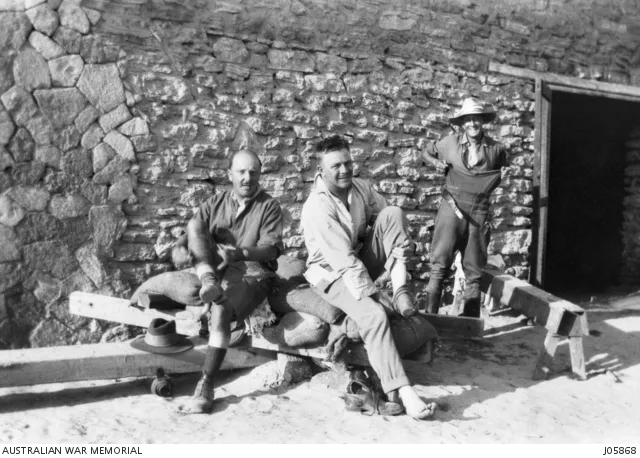George Furner Langley
Born in 1891 in Port Melbourne, George Furner Langley was a teacher at Mansfield Agricultural High School when war broke out. Enlisting as a private in December 1914, he was made lieutenant in the 21st Battalion on 24 March 1915, embarking on HMAT Ulysses for Alexandria that May.
On 2 September, George was promoted to captain and sailing for Gallipoli onboard HMT Southland. Around 65 kilometres from Lemnos, the troopship was hit by a German torpedo and George was hurled into the air and fell through a hatch into the bilge. The water broke the impact of the fall but risked drowning him, and the sulphur fumes were overwhelming. His life was saved, however, when he was dragged out of the bilge waters to safety by a private from the 23rd Battalion. The battered, newly minted captain then reported on deck to evacuate his men from the failing ship. He immediately continued on, with his men, to the trenches of Gallipoli for the rest of the campaign.
In the wake of Gallipoli, George was seconded to the Imperial Camel Corps to raise and train the 1st Australian Company. By January 1917, he had been promoted to lieutenant-colonel of the 1st (Anzac) Battalion, the companies having been brigaded. He served in patrols and skirmishes across the Middle East for the remainder of the war. For outstanding leadership, he was awarded Serbian Order of the White Eagle and the Distinguished Service Order, and he was mentioned in despatches three times.
On his return to Australia in 1919, George resumed his career in education, initially as headmaster of Mansfield Agricultural High School. His entry in the Australian Dictionary of Biography suggests he was an enthusiastic, free-thinking and dedicated educator who was much-loved by his students.
He died in Sydney in 1971.
